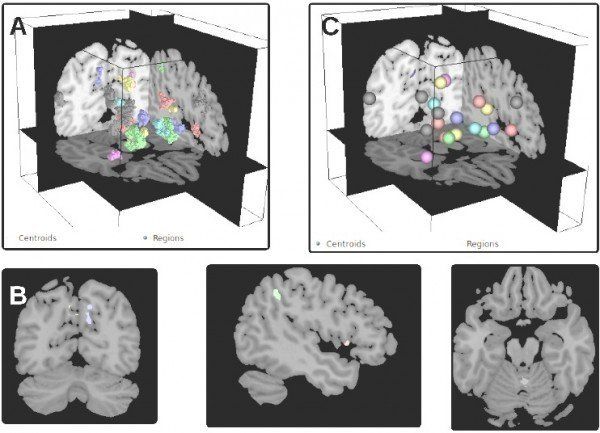For the first time, a new tool developed at the Department of Energy’s (DOE’s) Lawrence Berkeley National Laboratory (Berkeley Lab) allows researchers to interactively explore the hierarchical processes that happen in the brain when it is resting or performing tasks. Scientists also hope that the tool can shed some light on how neurological diseases like Alzheimer’s spread throughout the brain.
Created in conjunction with computer scientists at University of California, Davis (UC Davis) and with input from neuroscientists at UC San Francisco (UCSF), the software, called Brain Modulyzer, combines multiple coordinated views of functional magnetic resonance imaging (fMRI) data — like heat maps, node link diagrams and anatomical views — to provide context for brain connectivity data.
“The tool provides a novel framework of visualization and new interaction techniques that explore the brain connectivity at various hierarchical levels. This method allows researchers to explore multipart observations that have not been looked at before,” says Sugeerth Murugesan, who co-led the development of Brain Modulyzer. He is currently a graduate student researcher at Berkeley Lab and a PhD candidate at UC Davis.
